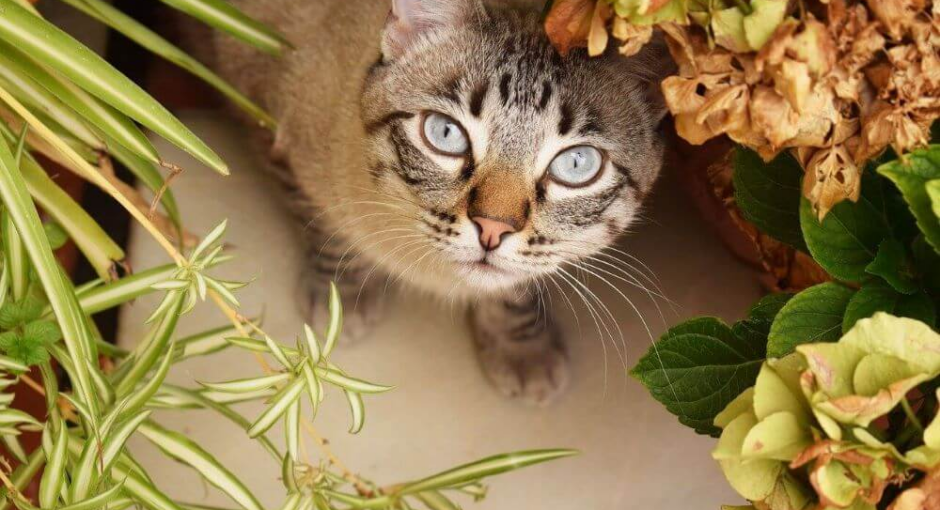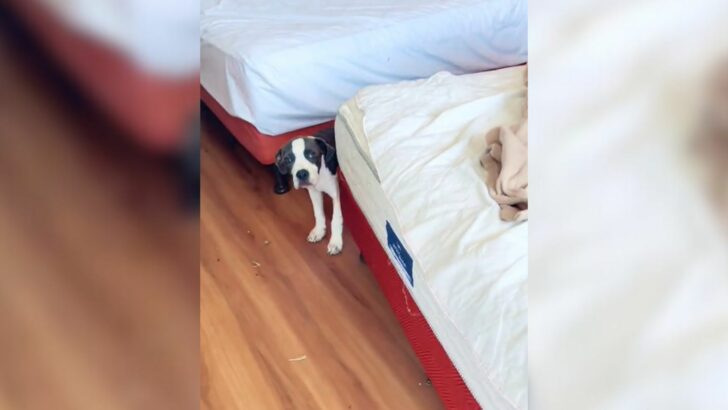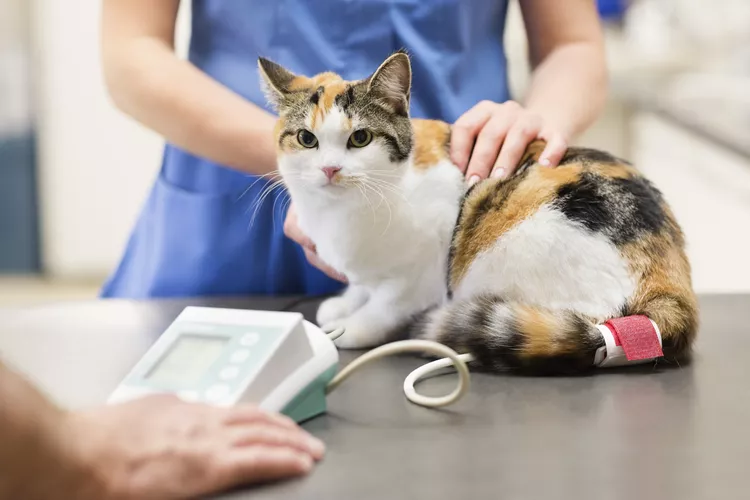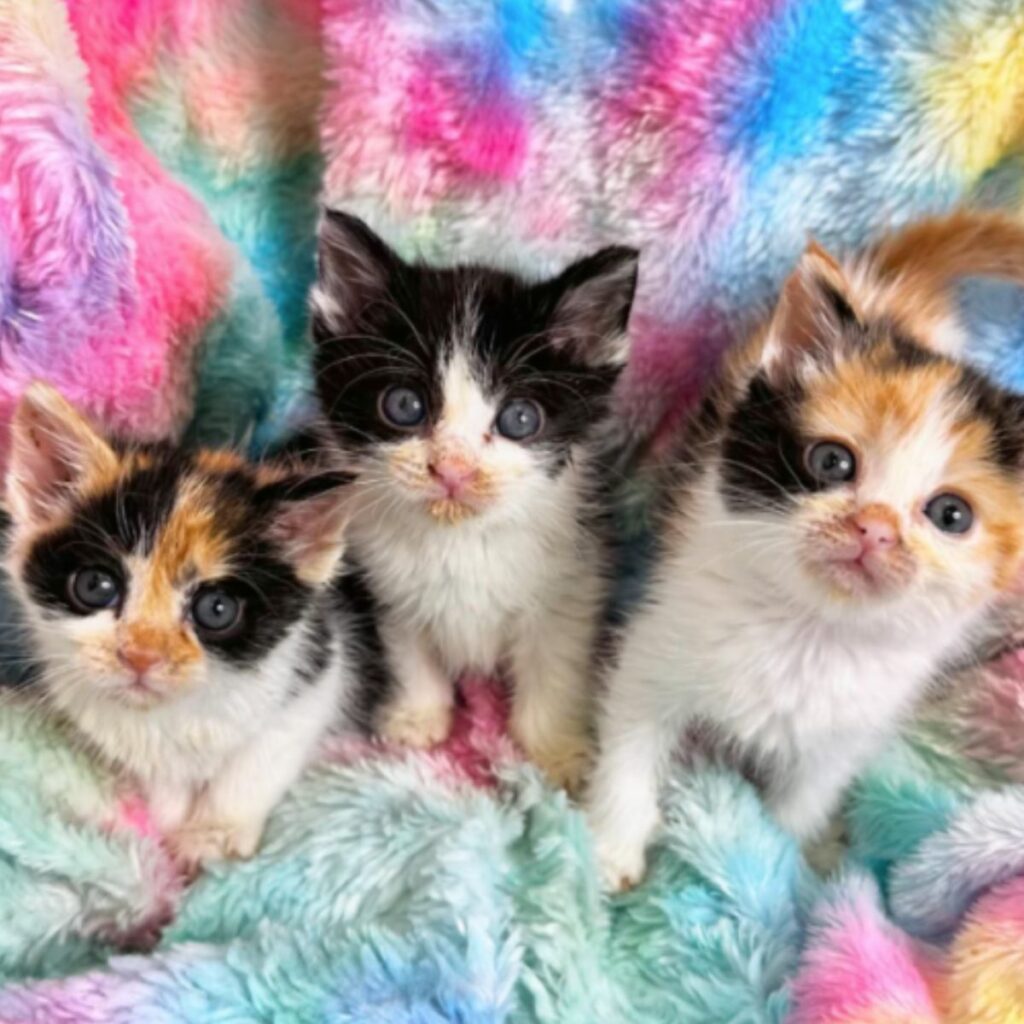Knowing the most common indoor and outdoor plants that are toxic to cats just might save your cat’s life.
No one knows exactly why, but cats are notorious for nibbling on plants and flowers, even though cats are obligate carnivores (most of a cat’s diet should be meat).
Top 10 Most Common House Plants That Are Toxic to Cats
Although many plants can be toxic and even poisonous to cats, a few of the most dangerous and most common include the following:
#1 Lilies
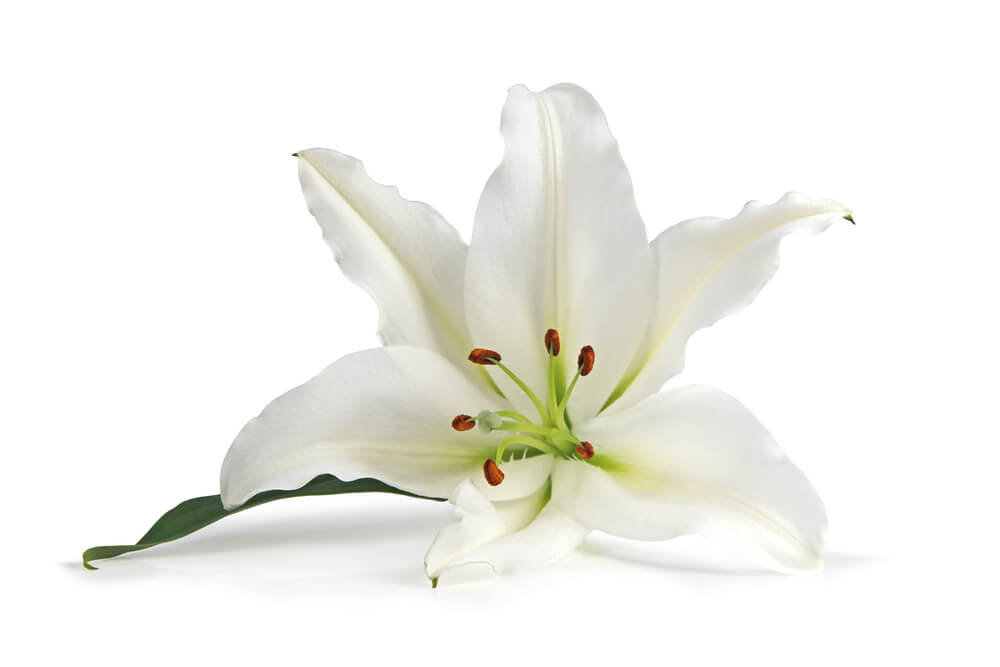
Lilies are the most dangerous plant for cats. Many different types of lilies (Lilium spp.) can make cats seriously ill, including Easter lilies, daylilies, Asiatic and Japanese lilies, stargazer lilies, tiger lilies, Western lilies, and wood lilies.
All parts of the lily plant are deadly to cats, but the flowers are especially toxic. Cats need only consume a tiny amount of plant material to suffer severe effects (vomiting, lack of appetite, lethargy, kidney failure, and death). Lilies and cats simply don’t mix.
It’s best to ban this flower from your home and yard if you have cats.
Read more:
- British Shorthair Cats: Breed Traits & Care Tips
- Feline Vision: What Colors Can Cats See?
- Can Cats Eat Broccoli? Feline Nutrition Facts
#2 Autumn Crocus
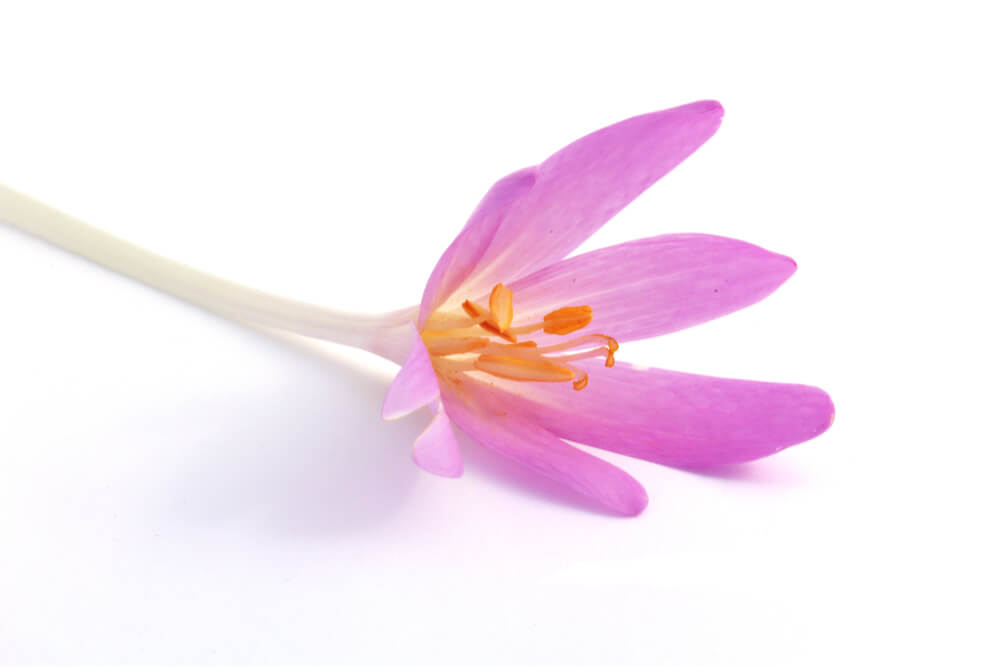
The autumn crocus (Colchicum autumnale), sometimes called the meadow saffron or naked lady is extremely toxic to cats (and dogs and horses, to a lesser degree) due to its alkaloid colchicine content. Cats that ingest autumn crocus might start acting sick right away or days later.
Symptoms of autumn crocus poisoning in cats may include drooling, vomiting, bloody diarrhea, breathing difficulties, seizures, and death. This outdoor plant should be avoided for a cat-owning household, especially if your cats go outside.
#3 Azaleas and Rhododendrons
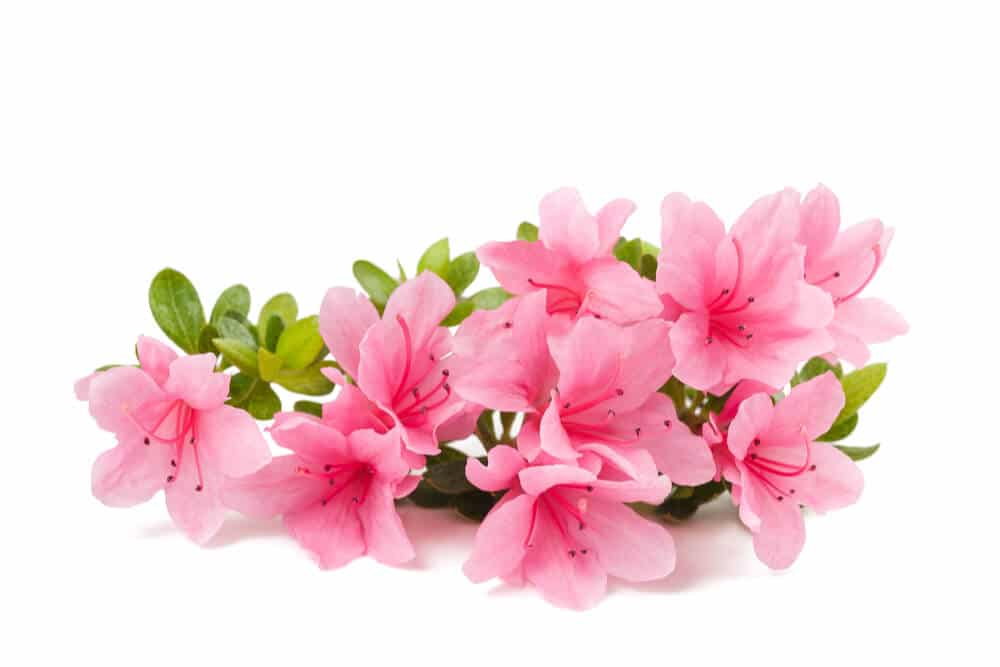
Azaleas and rhododendrons (Rhododendron spp.) contain poisonous compounds called grayanotoxins that are highly toxic to cats. A cat only needs to consume a minuscule amount of an azalea or rhododendron to become poisoned. Signs of grayanotoxin poisoning in cats may include drooling, vomiting, diarrhea, lack of appetite, weakness, tremors, seizures, coma, and death.
#4 Oleander
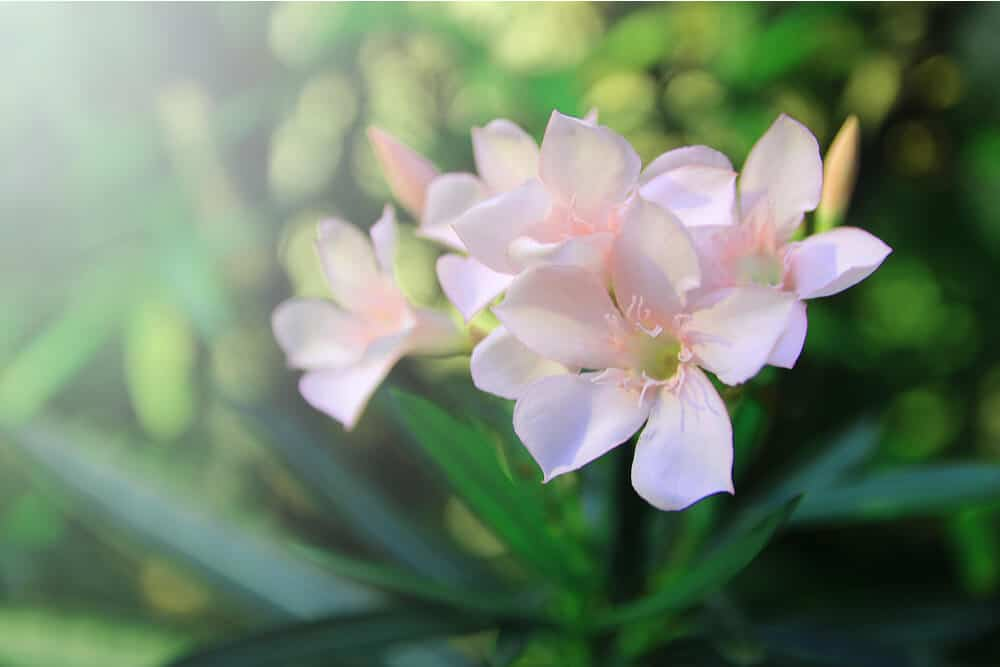
Oleander (Nerium oleander) contains cardiac glycoside toxins, which can cause drooling, vomiting, diarrhea, incoordination, tremors, seizures, and death. All parts of the oleander plant are poisonous to cats.
#5 Cyclamen
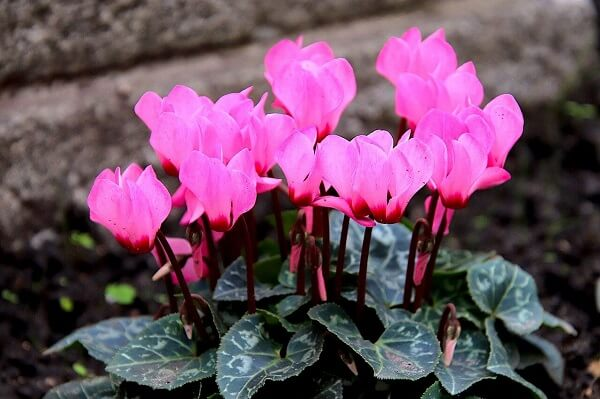
Cyclamen (Cyclamen spp.) is a common houseplant that’s sold under the name Persian violet. Although the parts that are the most poisonous are below ground (the tubers and roots) all parts of the cyclamen contain saponins, the compound that is toxic to cats. The larger amount the cat swallows, the worse the symptoms will be.
Small amounts of cyclamen may only cause drooling and stomach upset, but large amounts can cause severe symptoms up to and including seizures and death.
Read more:
#6 Daffodils/Narcissus
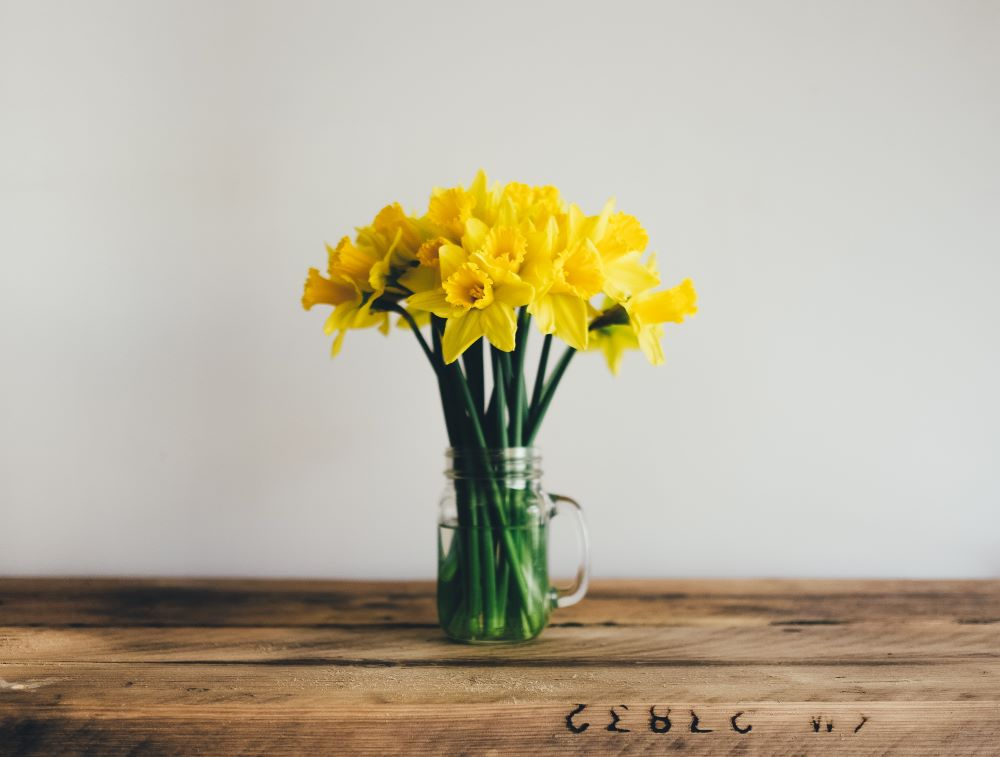
Daffodils (also called jonquil or Narcissus), contain lycorine, which typically causes drooling, vomiting, diarrhea and abdominal pain in cats. Rarely, low blood pressure, breathing difficulties and convulsions may be seen. Although all parts of the daffodil plant contain lycorine, the bulbs are the most dangerous part of the plant.
#7 Marijuana
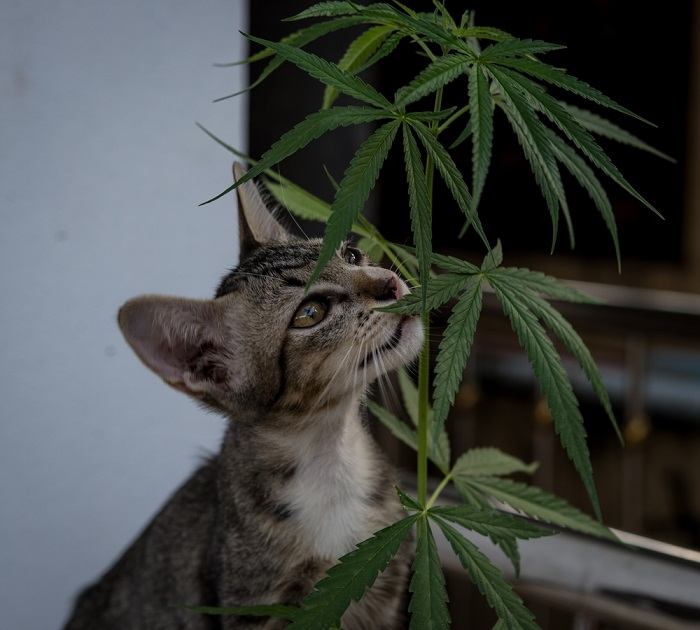
(Cannabis sativa), commonly known as pot or weed, is toxic to cats. The toxic compound found in marijuana is tetrahydrocannabinol, better known as THC. Cats may become poisoned when ingesting the plant itself, or ingesting foods containing concentrated marijuana like baked goods or pot butter.
Signs of marijuana toxicity in cats include dilated pupils or glassy-looking eyes, sedation/lethargy, difficulty walking, vomiting, incoordination, either sleepiness or excitation, excessive salivation, excessive vocalization low blood pressure, low or high body temperature, tremors, seizures, coma and rarely, death.
Cats may exhibit symptoms immediately or up to 12 hours after ingesting marijuana.
#8 Tulips
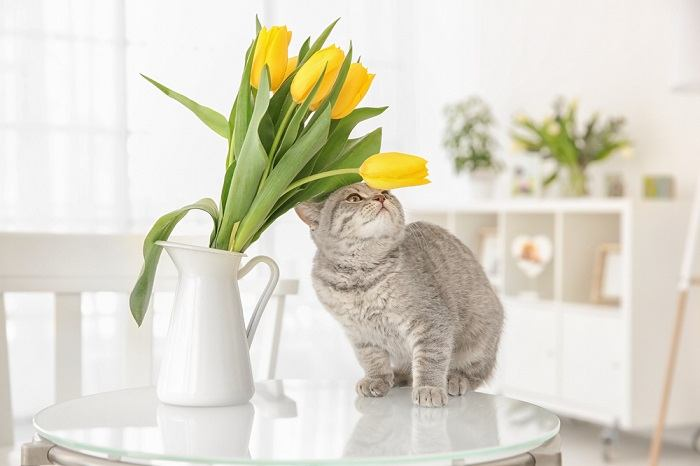
(Tulipa spp.) contain tulipalin A and tulipalin B, which cause drooling, vomiting, diarrhea, depression and tremors. The toxic compounds are found in all parts of the tulip plant, although the bulbs are the most dangerous.
Similar to tulips, hyacinths (Hyacinthus orientalis) can cause drooling, vomiting, diarrhea, depression, and tremors. Also similar to tulips, the toxic compounds are found in all parts of the hyacinth plant, but the bulbs are the most toxic.
#9 Dieffenbachia

(Dieffenbachia spp.), also known as dumb cane or exotica perfection, contains insoluble calcium oxalate crystals, which cause oral irritation in cats (drooling, difficulty swallowing and vomiting).
Although the dieffenbachia plant is usually not lethal, these symptoms are painful and extremely unpleasant for cats.
Read more:
#10 Kalanchoe
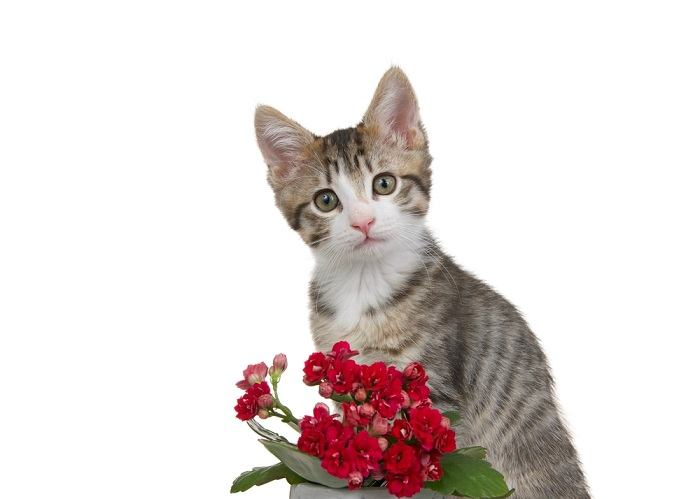
(Kalanchoe spp.), also known as mother-in-law plant, contains poisonous compounds called bufadienolides, which typically cause drooling, vomiting and diarrhea in cats.
Some other common plants toxic to cats include amaryllis, calla lily, castor bean, chrysanthemum, foxglove, hydrangea, various species of ivy, lily of the valley, mistletoe, morning glory, peace lily, philodendron, poinsettia, pothos, sago palm, schefflera, and yew.
Signs of Plant Poisoning in Cats
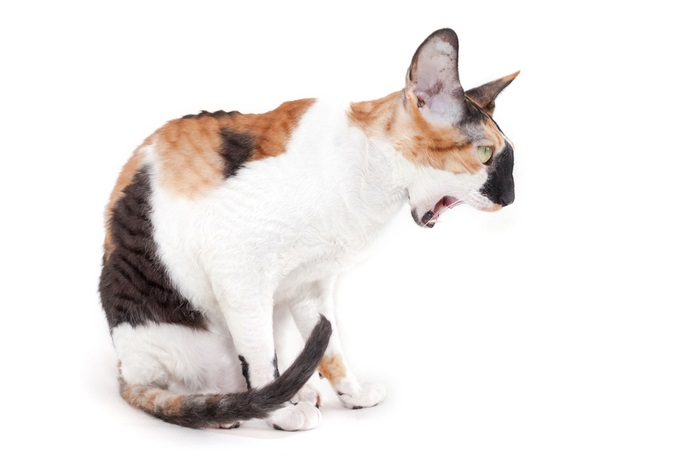
Some plants and flowers are only mildly toxic and others are downright deadly to cats. Mildly toxic plants might cause drooling or stomach upset (nausea, vomiting and/or diarrhea).
Plants and flowers that are highly toxic to cats can cause drooling and stomach upset, as well as tremors, weakness, difficulty walking, lethargy, lack of appetite, seizures, breathing difficulties, kidney and liver failure, heart arrhythmias (heart rate that is too fast or too slow), coma, or even death.
What To Do if Your Cat Eats a Poisonous Plant?
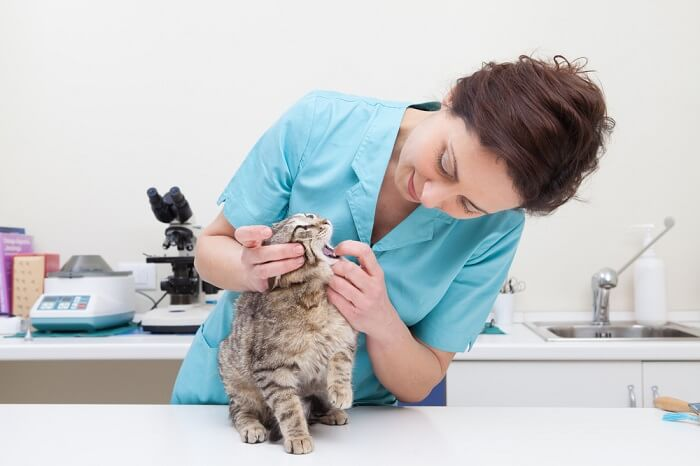
If you know (or even just suspect) that your cat has consumed any amount of any poisonous plant or flower, even just gnawing on leaves or drinking out of the planter or vase, contact your veterinarian immediately.
Time is of the essence here.
In some cases, quick treatment can mean the difference between life and death for your cat. It can help to take photos of the plant your cat ingested, especially if you’re not sure what it is.
You can also call an animal poison control hotline. This can be a life-saving call if it is after hours or a holiday and your veterinarian is not open. Both the ASPCA Animal Poison Control Center and the Pet Poison Helpline accept calls 24/7.
To reach the ASPCA Animal Poison Control Center, call at 888-426-4435. The Pet Poison Helpline phone number is 855-764-7661. Both pet hotlines charge consultation fees via credit card.
Read more:
How To Keep Your Cat Safe From Toxic Plants?
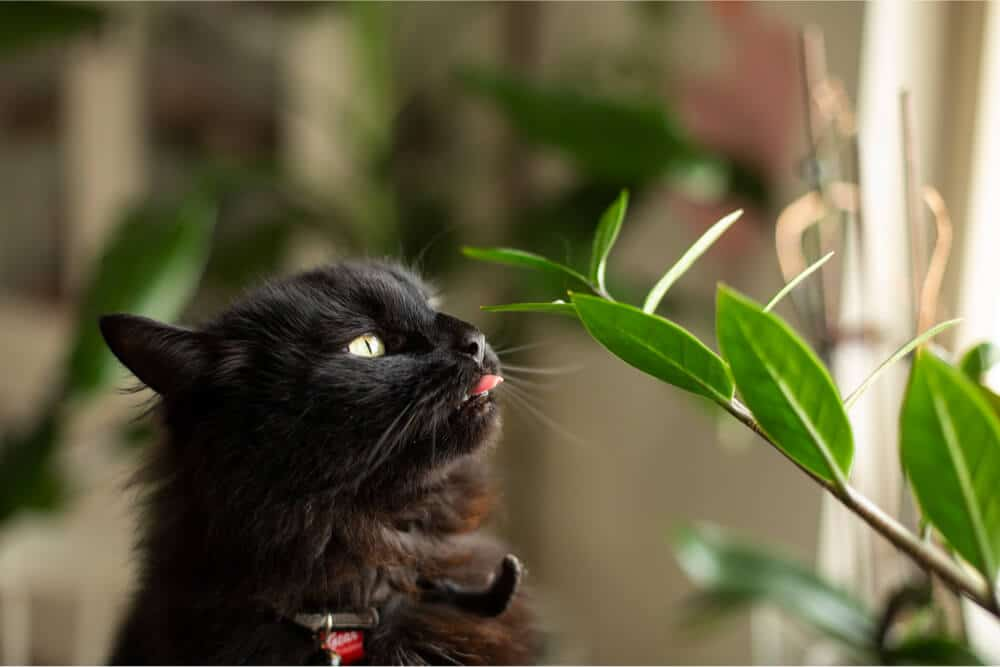
Do all you can to keep toxic plants far away from your cat’s reach. This can be difficult since cats pretty much climb and explore anywhere they want to!
Sometimes it’s simply best to keep any toxic plant or flower out of your home (and out of your yard, too, if your cat goes outdoors, even occasionally). If you must keep a plant or flower that is not cat-safe, choose a hanging planter that is truly out of your cat’s reach, or dedicate a special room behind closed doors that is completely off-limits to your cat.
